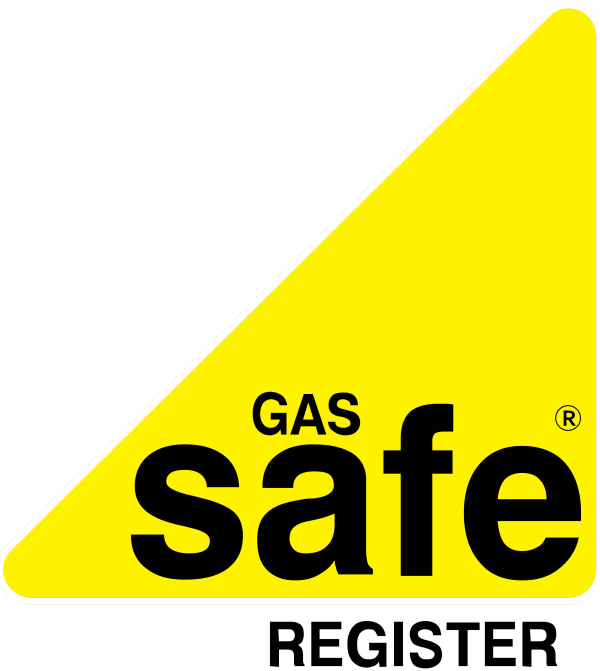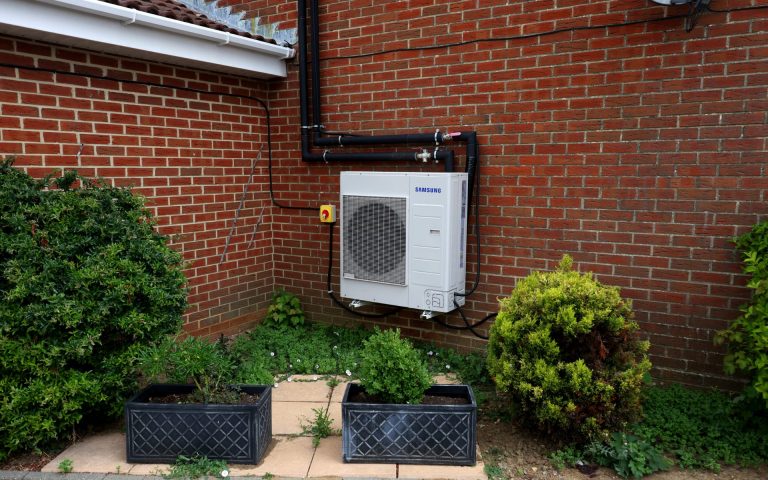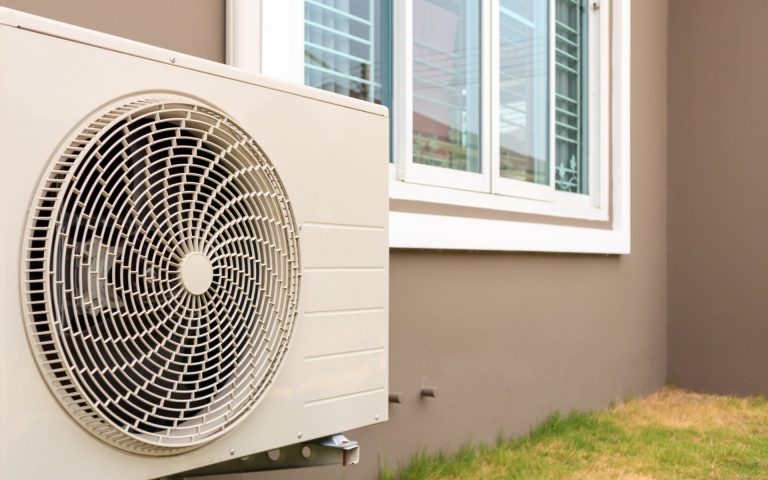Not many people know about ‘flow temperature’ and how turning down the temperature of it could actually help you to save up to 8% on your heating bills.
The HHIC (Heating and Hot Water Council) recently carried out a report that found that by simply turning down the flow temperature on their condensing boiler, householders could save between 6 and 8% on their gas bills.
*Before we go on, we would like to make it very clear that this is NOT turning down your thermostat. *
This week we’re going to take you through flow temperature, whether you have the right boiler to alter it, and how you can go about reducing it if you so wish.
What is ‘flow temperature’ in your heating system?
The standard for most gas boilers is to be set to 80/60 flow and return temperatures. What does this mean? Well, it means that the ‘flow temperature’ is heated to 80 degrees C to be sent to your radiators. After travelling around your heating system to all your radiators, the water travels back to the boiler at 60 degrees C. Thus, giving 20 degrees C to the room.
Can I change the flow temperature on any boiler?
No – You will need to have a condensing combi boiler. This is when your boiler produces your heating and hot water. If you’re not sure, here are some handy hints on how to work out if you have a condensing combi boiler:
- If you don’t have a hot water cylinder, you will have a combi boiler
- If it was fitted within the last 16 years, then it will definitely be a condensing boiler
- If it has a white pipe that runs to an inside or outside drain, then it will be a condensing boiler
If your boiler works alongside a hot water cylinder then there is an important section below just for you.
How do I reduce the flow temperature in my heating system?
If you’ve verified that your boiler is a condensing combi boiler, then you should be able to reduce the flow temperature using the dials on the front of the boiler itself.
The majority of combi boilers will have two dials as we just said; one is for the heating (usually with a radiator icon next to it) and the other is for the hot water (with a tap icon next to it).
Again – This is not your room thermostat. We repeat – Not your room thermostat!
These dials are different to your room thermostat as they control the flow temperature of the water in the boiler, not the temperature you want to heat your rooms to.
Some boilers will have a digital display next to the dial, so you can see exactly what temperature you are changing the flow temperature to. However, not all of them do, so if you don’t have the digital display, you’ll have to just lower it and play it by ear.
If you want to try and figure it out just by trial and error, without doing an accurate heat loss calculation or radiator sizing exercise, then it will simply be a case of turning down the flow temperature and waiting to see whether your house still feels warm. You can either turn it down little by little and keep going until you start to notice a change in comfort level. Or you could just go for it and turn it down a lot – You can always notch it back up if it your home stops feeling warm enough.
Condensing gas boilers are designed to achieve 92% efficiencies (as seen on the box) but in reality, this can only be achieved when the flow temperature is set lower than the 80/60 flow and return temperatures mentioned above.
This means that these boilers aren’t automatically A-rated out of the box – They need to be set so that the flow temperature is lower, allowing it to run in ‘condensing mode’ as much as possible. It’s this that allows it to recover some of the heat lost on old style boilers through the flue.
The installer must reduce the flow temperature to give the boiler a chance to run in what is known as ‘condensing mode’ as much as possible. This is when it can recover the heat that was previously lost through the flue on old style boilers.
A condensing boiler will start to operate in condensing mode at 70/50°C flow and return temperatures. Once lowered to 65/45°C the boiler will be able to recover enough heat and reach its efficiency potential.
When you have a condensing combi boiler installed, your heating engineer should set it up to reach its maximum potential efficiency.
If you have a hot water cylinder, please see the section below for more information as well as safety warnings – We do not recommend you try to reduce the flow temperature yourself.
How low can I reduce the flow temperature of my heating system?
How much you reduce your flow temperature to really depends on how much energy you use to heat your home, and the size of your radiators.
The lower the flow temperature, the bigger surface area you need from your radiators. This is so you can still reach your desired room temperature. This is also the reason why larger radiators are needed for an air source heat pump.
The good news is that your radiators are likely big enough to be unaffected by a reduction in flow temperature as the majority are generally bigger than necessary with the idea that it’s better to overcompensate than be too small.
You will also be unlikely to notice any changes in comfort levels if your home has:
- Modern double glazing
- Cavity walls
- Good loft insulation
- Been modernised and draft proofed (if an older home or terraced property)
What changes will I notice in my heating system if I lower the flow temperature?
You will probably notice a few changes to your heating system if you decide to lower the flow temperature.
Your radiators will feel cooler
Because the water in your heating system is cooler, your radiators will not feel as hot to touch. This is a sign that what you’ve changed has worked. As long as you and your home do not feel cold, then all should be fine. Your boiler and heating system will be working more efficiently.
It may take longer for your home to heat up
You might notice that your home takes longer to heat up, especially if you only have your heating programmed to come on for a very limited amount of time. You will likely be used to your home heating up quickly once the heating is turned on as most systems run at hot temperatures. Lowering the flow temperature just means that the radiators aren’t as hot, so take a bit longer to heat up the room.
Even if you have your heating on for most of the day, lowering the flow temperature will still help reduce your energy bills as you will be having lower temperatures for longer periods.
I need some help reducing the flow temperature of my boiler
As with anything to do with your boiler and heating system – If you are in any doubt then don’t attempt to make changes yourself.
Always call a Gas Safe registered heating engineer and let the experts handle it. All of our local heating engineers here at Aura Heating are Gas Safe registered and can help you reduce the flow temperature on your boiler.
If you ever need more information on your boiler, then always look at the instruction manual. If you’ve ‘put it somewhere safe’ and don’t have it easily to hand, then most are available online by searching the make and model of your boiler. Make sure you are looking at the right manual if you do it this way!
Most manufacturers also have a technical helpline that customers can call for help. You will need the model or serial number so they can be sure what boiler you have and how best to help you.
I have a hot water cylinder – Can I lower the flow temperature in my heating system?
Safety First! First and foremost, we do not recommend you try to reduce the flow temperature yourself if you have a hot water cylinder. In this type of heating system, your heating and hot water temperatures are tied together. This means that reducing the flow temperature for your heating would also lower the temperature of your hot water, which in turn can increase the risk of legionella in your hot water cylinder. It’s important that this water does not drop below 70 degrees C.
Did you know that if you have a hot water cylinder set up with a common heating and hot water temperature, it will almost never condense? In order to be able to condense, the boiler needs to be set up with separate heating and hot water temperatures. The possibility for doing this depends completely on the boiler.
For homes that have a heating system with a hot water cylinder, the boiler needs to be set up in order to get the best efficiency without reducing the flow temperature. We are certainly not suggesting that you get rid of your hot water cylinder and get a combi boiler in order to be able to reduce flow temperature. As we move towards low carbon heating solutions, our hot water cylinders will be needed.
Can I lower the flow temperature if I have a health condition?
If you have a health condition, then we would advise caution when considering lowering the flow temperature of your heating system. It’s much more important to have a warm home than save 6-8% on your energy bills. It’s not worth a risk to your health and well-being. As we said above, some heating systems can take some trial and error to find a lower temperature that is still comfortable, which could result in your home feeling colder for a period of time.
If my heating system works on a lower flow temperature, could I heat my home with an air source heat pump?
If your home remains at a comfortable temperature at a flow temperature of 45 degrees C, then it’s highly likely that it would work with an air source heat pump without any modifications being needed.
It’s likely that your heating system will run effectively at a low enough temperature if your home has;
- Been built in the last 10 years
- Been heavily insulated
WARNINGS
As we’ve mentioned throughout this blog, there are a few words of warning that need to be considered when reducing flow temperature.
- If your heating system uses a hot water cylinder, the water temperature must not go below 70 degrees C, otherwise there is a risk of legionella in the cylinder.
- If you have a health condition, it’s more important to stay warm than play a game of trial and error with your heating system.
- You will find that a lot of new build homes use ‘microbore’ pipework. This means that instead of the standard 15mm pipework, the property will have 10mm or even 8mm pipework. Although there are exceptions where these pipes can work, they may be too small to cope with lower flow temperatures.
If you are unsure as to how to reduce the flow temperature, or indeed whether you even have a condensing combi boiler, then never attempt to make any changes yourself. Always call a Gas Safe registered heating engineer who will be happy to help with their expert advice and knowledge.






